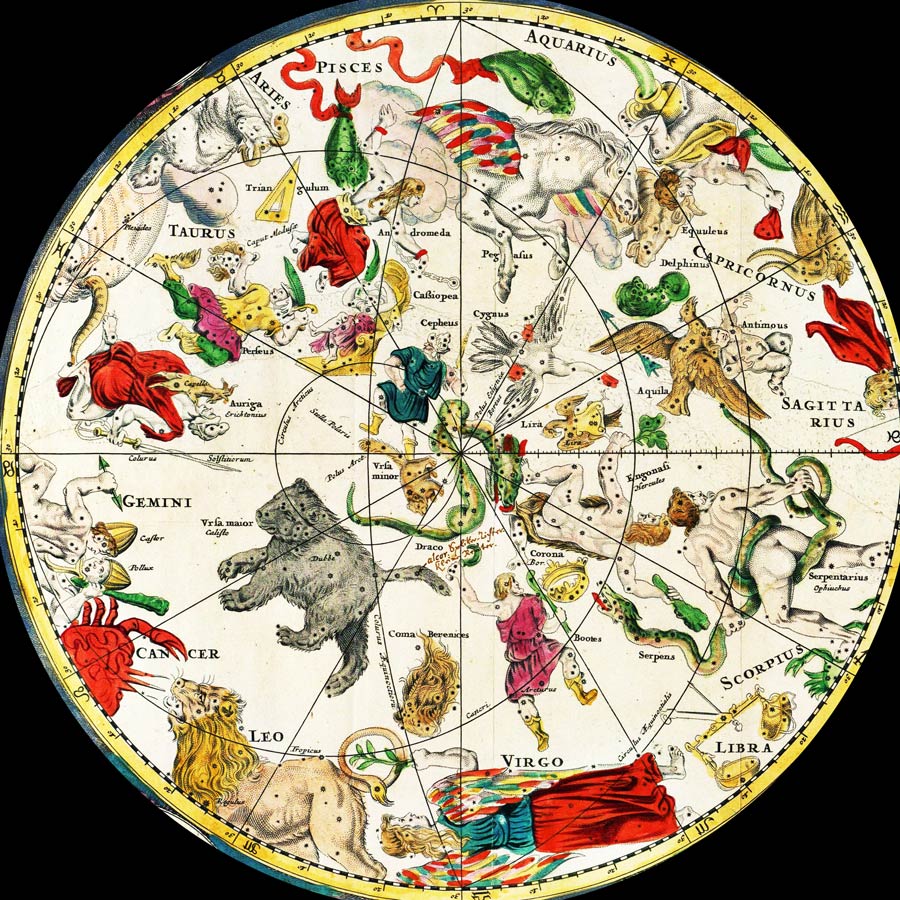

In the red box at the bottom is a "Star Magnitude Limits" section. This pops up the display conditions menu (as seen in the next post). The first is Setting the limiting stellar magnitude by hand.Ĭlick on the Display Conditions button as seen in the picture below. DSOs and other dimmer objects are still visible on the charts regardless of their magnitude. Both Options change only the limiting mag for stars. The "out of the box" setting is around a limiting magnitude of 6.5 and in Northern Idaho we have fairly dark skies, so it works just fine for me, but city dwellers may want for a more accurate view of what they stand a chance to see.
CARTE DU CIEL SKYCHART HOW TO
Admittedly, I didn't know how to do this. One of the questions I was asked was how to limit the number of stars visible by setting a magnitude limit. Lesson #003: Changing the Limiting Magnitude of stars in CDC This allows you to approximate the look of your favorite charts. You can change the background and grid lines, Constellation and boundary lines. You can change almost all the colors displayed. I found my enjoyment using the program increased significantly once I changed the chart appearance. You can control the rotation even more by holding down SHIFT or CTRL keys while clicking the half circles. Or, use "Move", "Rotation" from the top menu.Ĥ. On the "Move" toolbar are half circle arrows. To rotate the screen 15 degrees, on the top menu bar, choose "Toolbars" and check "Move" (I keep all of the toolbars checked). This doesn't seem to work with every catalog that can be loaded.ģ. These make less stars/nebula and more stars/nebula visible on the screen. On the "View" toolbar there is a larger and smaller blue dots and larger and smaller red circles. You can mirror the screen left to right, or flip it top and bottom by using arrows on the edit toolbar or using the commands in the edit menu.Ģ. Hope this helps as lesson #001 of "A Beginner's Guide to CDC"ġ. Un-check the System Time box to set another time, in the past or future to create charts for a camping trip or the coming night.įor now, we'll ignore the Simulation settings. If "Auto-Refresh" is clicked, then the charts will move just as the night sky does as well. If the "Use System Time" Box is checked, it sets the night sky to appear just as it does based on your computer's clock. click on it to set the time either to your system clock, or plan ahead for the coming night(s).

The icon Below is the "Date & Time" Icon. Oh and one more thing! whenever possible please try to follow the formatting here, so the subjects are uniform and easily read! ThanksĠ01) How To Set the Date and Time of the Chart: I'd rather avoid comments such as "Stellarium is better" or "Why don't you use Kstars?" as they won't help new users learn CDC. This way when you're looking for a post that shows you how to do something you can click "Threaded" at the upper right and see a neat list of how-to's following.Īlso, lets keep this thread on subject. All other replies DO NOT REPLY TO THIS POST please. If anyone uses CDC and wants to help out, please include step by step instructions on how to do "something" anything, in CDC that might be confusing to a new user. I'd like to start this post as a simple "how-to"

I just read a post from a rather confused new member who is having trouble with CDC.


 0 kommentar(er)
0 kommentar(er)
